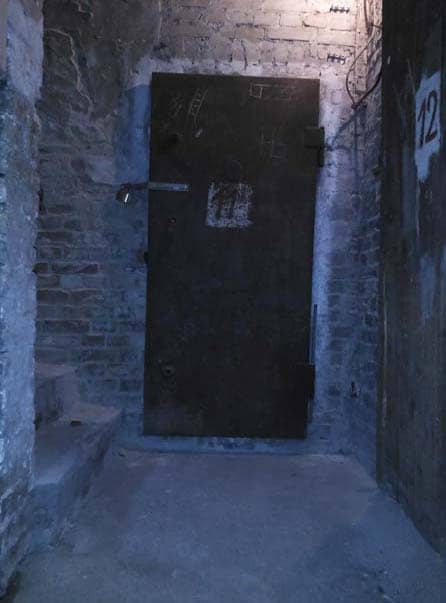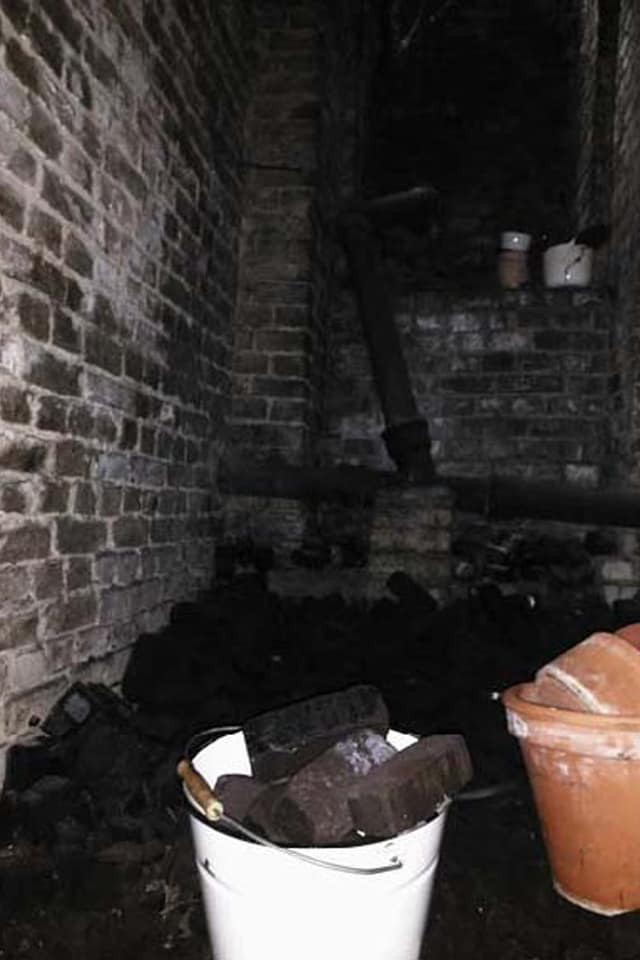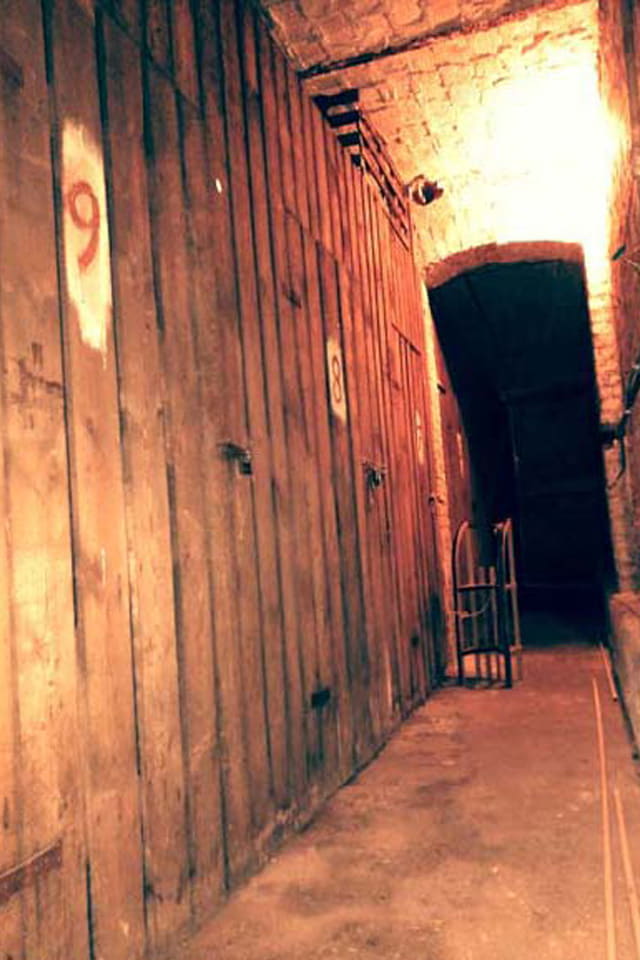When talking about buildings in Germany, it is common to categorize them as either Altbau or Neubau. A very rough explanation would be that Altbau refers to buildings of traditional shape and Neubau refers to newer buildings, built after the war. In general pre-1949 buildings are called Altbau, but it is also possible to categorize buildings according to their architectural specifications- such as high ceilings- than just by their exact year of construction.
Altbau buildings within the city of Berlin were built based on the Hobrecht-Plan from 1862. According to this plan, Berlin’s Altbau buildings are U- or a square-shaped and are built around a courtyard. There are a lot of interesting details about Altbau that I would like to share with you, but for today I’d like to talk about the basement.
Big parts of Berlin are built on former marshland. Therefore the groundwater level in Berlin lies relatively high and in some areas water can already be found in 3 meters depth. Having a cellar in a house is a fairly recent thing in Berlin, because it had not been possible to build basements that are impermeable to water with old construction techniques.
In the beginning of the 19th century, the first ones to build basements had been beer breweries. In order to brew lager beer, which is a kind of beer that requires slow fermentation at low temperatures, a cool storage was needed. The breweries with basement cellars got built in Barnim, which is a relatively high plateau area in the northern part of Berlin. During the industrialization in the late 19th century the first ordinary residential buildings with basement were constructed.
Not until the 1920s a method to construct waterproof basements got established. In the past basements had been used as a substitute for a refrigerator or even served as a residence for the poor.
How basements look like
With WWII, the use of basements changed. Even compared to other German cities there had been many air raids on Berlin during the last 3 years of war. Berlin, which was bombed a total of 363 times, of course had many bunkers, but only 2% of the population could find refuge in these shelters. Basements of residential buildings had been used instead, because the number of bomb shelters was limited.
Even nowadays you might find traces of the past in a normal Altbau’s basement. There is e.g. still a door to a gastight shelter in the basement of the building I am living in. Unfortunately it is locked and I have no idea what lies behind it.
 The door to the gastight shelter in my building’s basement
The door to the gastight shelter in my building’s basement
In Berlin, basements are nowadays used for a wide variety of purposes. In some you can find small clubs and theaters, but most basements are used as storage. Altbau buildings, with their 4 wings around a courtyard, often have basements that are often connected to each other and look more like a corridor in the shape of the building. By dividing these corridors with simple wooden structures - as shown in the photo - each household gets its own small storage place.
However, I think it is probably best not to leave valuables down there, since it can be very humid and easy for mold to grow. I personally only use the basement to store coal for my masonry heater.


 The door to the gastight shelter in my building’s basement
The door to the gastight shelter in my building’s basement






























































